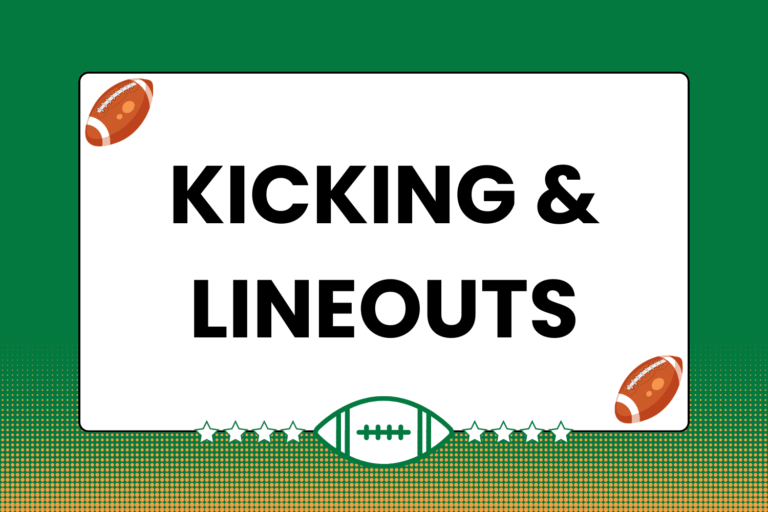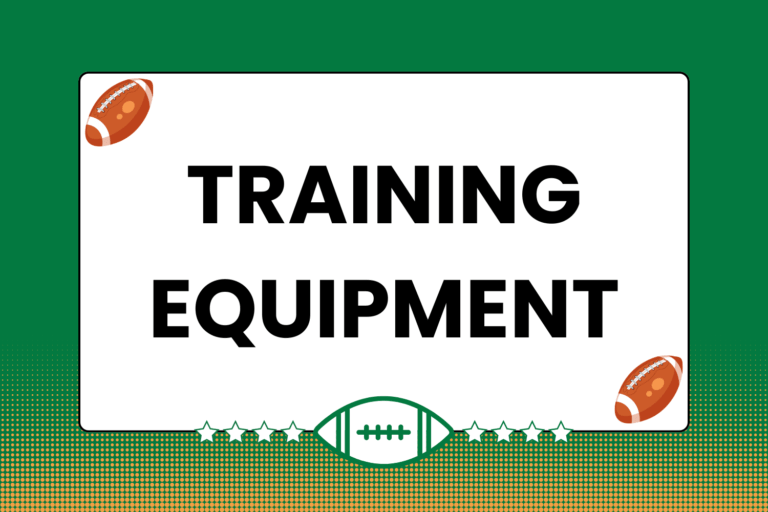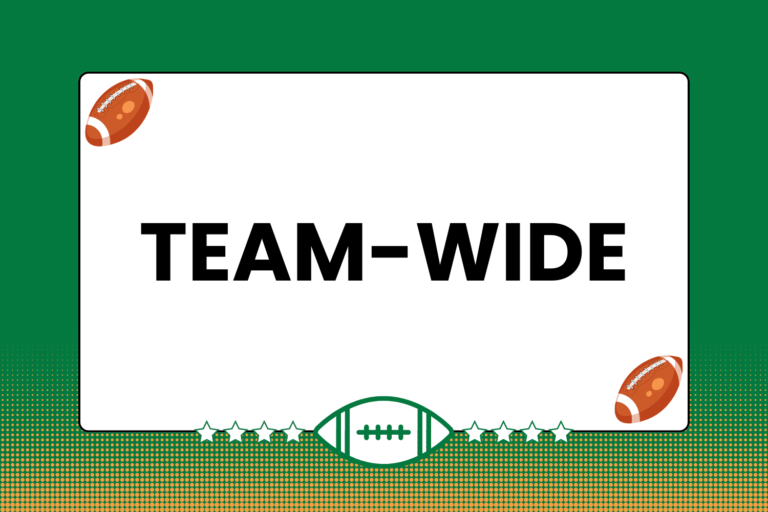Even though rugby is a hooligan’s game played by gentlemen, occasionally some ungentlemanly things happen during the course of a game and a rule is broken. Such infractions range from simply hitting the ball forward in a non-kicking manner, to stomping on an opposing player while he’s on the ground.
Regardless of the specific type of call, there exist a series of hand signals used by the referee that communicate the infraction to anyone not within shouting distance. This guide identifies some of the hand signals for more common penalties, and explains the situations in which they would be used.
Moving the Ball
Two of the most common infractions in the game of rugby deal with the principle that dictates how the ball is allowed to be maneuvered around the field, namely that it’s illegal to cause the ball to move forward when it’s not in the possession of a player. The exception to this rule is if the ball is kicked forward, but even then the ball cannot be moving forward when it’s kicked.
Throw Forward/Forward Pass
This is called any time one player passes the ball to a teammate, and the ball is passed in such a way that when it leaves the passer’s hands, the ball is in front of the passer. When a forward pass does occur, the referee will mimic throwing the ball forward. The referee will make said fake pass in the direction that indicates the offending team as the team that committed the infraction.
Knock-on
A knock-on is similar to a forward pass, in that it’s called when the ball moves forward without having been kicked. The big difference between a forward pass and a knock-on comes down to control; usually a knock-on will be called when the ball carrier drops the ball and it bounces forward, or when a pass is bobbled and falls forward. When a knock-on occurs, the referee will stand close to the spot on the field where it happened, raise one arm straight overhead, and move his hand back and forth several inches.
Play on the Ground
One of the most unique aspects of rugby is the right to contest possession of the ball — the right to take it away from the other team, in other words. Many times, possession of the ball is only up for contention after the ball carrier has been tackled, which requires a set of rules for determining how such play should occur. Most of these rules are in place to ensure that the ball is quickly available for play after it goes to the ground.
Not Releasing the Ball After a Tackle
When the ball carrier is fully tackled — not just knocked to the ground, for instance — that player must immediately release the ball. There are occasional exceptions to this rule, like when another player is lying on top of the ball carrier and preventing the ball from being released (see below), but usually the referee will watch the ball carrier carefully to ensure the ball is released quickly.
When the tackled ball carrier doesn’t release the ball in a timely fashion, the referee will signal for a penalty by bringing the hands in close to the chest, as though the referee was grasping a ball to the chest.
Mental Edge
Much like the ball carrier must release the ball after being tackled, so too must the player making the tackle release the ball carrier when they both go to the ground. When this happens, the referee will hold both arms at 90 degrees to the body, bent at the elbows, and bring them together several times as though the referee were holding or hugging someone.
Tackler or Tackled Player Not Rolling Away
Technically, the ball carrier and tackler are required to move away from the spot of the tackle as quickly as possible after the tackle is made. Of course, if other players are anywhere near the spot of the tackle, chances are good a ruck will form right over the ball — and right over one or both players involved in the tackle.
This call is a bit more subjective, but if the referee can clearly determine one of the players involved in the tackle is able to move away and chooses not to, a penalty will be called. To indicate this penalty, the referee will stand near the spot of the infraction, stick one arm straight out to the side, and rotate that arm in a small circle.
Entering Tackle from the Wrong Directiom
After a tackle, any players heading in to make a play — be it to grab the ball or establish a ruck — must come straight in from the back of their side of the field. In other words, a player cannot come in from the side and grab the ball or join a ruck. When this occurs, the referee will hold one arm in front of the body and sweep that arm in a half-circle motion.
Positioning Requirements
During the course of a game, the ball moves around a great deal. This is an oversimplified and obvious statement, but because the ball acts as the barrier for determining onsides and offsides, it’s important to keep in mind. Also, just because a player is offsides at a particular moment does not automatically necessitate a penalty. So long as that player makes no effort to play the ball or impede the progress of the other team, he has the opportunity to get back onsides before reengaging in the game.
Offside at Scrum, Ruck, or Maul

Obstruction in General Play
Obstruction is a rather versatile penalty. Players on both sides of the ball can be called for obstruction for a number of different reasons. Obstruction basically boils down to any illegal maneuver not covered by a different law of the game that prevents an opposing player from legally making a play for the ball.
When obstruction occurs, the referee will stand at the point of the infraction with both arms crossed over the chest at right angles.
Dangerous Play
Sometimes when emotions are running a bit high, players will fall under a momentary lapse in judgment and commit an intentionally harmful foul. Such occurrences are unfortunate, but they happen frequently enough that they have their own signals. Players who stand witness to these signals are routinely sent off from a game, the length of the send-off being determined by the severity of the penalty.
High Tackle
Tackles are only to be made from the shoulders down; anything higher than that constitutes a high tackle, and if deemed intentional, could be a penalty. A high tackle is signaled by drawing one hand horizontally across the next.
Stamping/Raking
Most commonly seen during rucks, stamping occurs when one player intentionally stomps or drags the spikes of one boot down on an opposing player. The referee will signal for this penalty by imitating the specific act that was witnessed, be it a stomp or a rake.
Punching or Fighting
Punching occurs when, well, one player hits another, though it encompasses everything from punches to slaps to elbows. Basically, this is called whenever one player intentionally and illegally uses one or both hands to inflict pain and/or damage on an opposing player. This is signaled by punching one closed fist into the open palm of the other hand.
Signals to Avoid
It’s useful for anyone involved in the game to understand what the different referee signals mean. It helps the fans understand what’s going on, and it makes it easier for the players to recognize when they’re not playing within the confines of the game’s laws. While these aren’t the only penalties that exist in rugby, these are definitely among the more common infractions that get called, and familiarizing yourself with them will go a long way to improving your understanding of the game.





